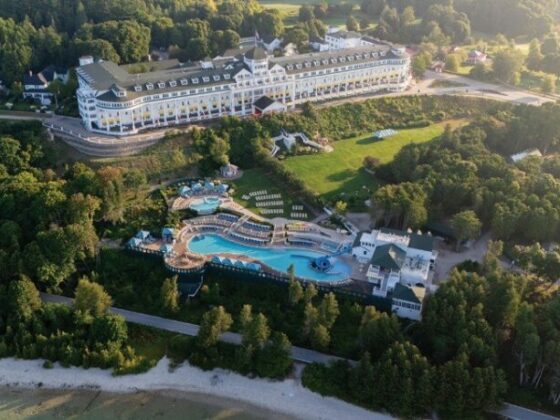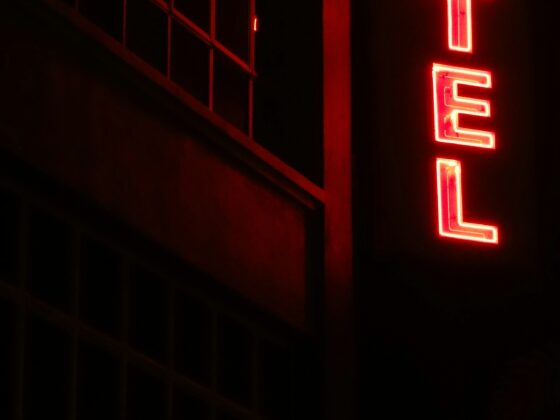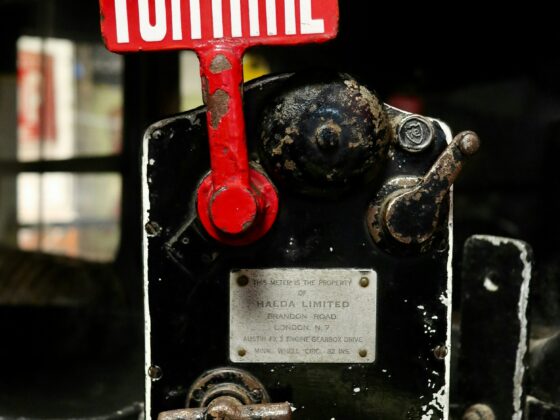Santiago Bernabéu Stadium, home of Spanish soccer team Real Madrid, has been undergoing a comprehensive renovation and expansion over the past decade.
In 2014, architecture firm von Gerkan, Marg and Partners (gmp), together with L35 Arquitectos and Ribas & Ribas Arquitectos, won a competition to revamp the Madrid stadium into a versatile multifunctional arena.
The existing building has been largely retained and enclosed with a new wraparound façade made of stainless steel louvers. The addition of a retractable roof allows the facility to adapt to weather conditions, while a retractable lawn gives way to a fixed ground slab that allows for a wide range of events beyond sports.
The stadium’s sculptural shell
From a distance, the metal structure coalesces into a sparkling jewel that reflects daylight depending on the angle. At night, LEDs illuminate the shell in customizable arrangements.
Future plans also include the mapping of video images onto the façade louvers—making it possible to watch soccer games and other events from outside the arena. The stadium’s interior will also feature a 360-degree monitor.
Real Madrid’s club museum
A newly created circulation space, between the stadium tiers and the outer shell, is home to Real Madrid’s club museum. The museum is an integral part of the stadium tour, which, on non-match days, guides visitors through the two new concourse towers, into the museum and club store, out onto the playing field, across the roof terrace, and along a 360-degree skywalk.
The multifunctional nature of Santiago Bernabéu

The renovation morphs Santiago Bernabéu Stadium from a stadium created strictly for soccer into a multifunctional arena.
The stadium’s original capacity of approximately 80,000 seats has been increased by nearly 3,000 seats. Above the upper tiers, a new level with 240 VIP and hospitality lounges offers as many as 1,600 additional seats. The boxes on the west side can be reconfigured into conference rooms that overlook the field as well.
Additionally, a system of movable platforms allow the soccer turf to be moved in sections and lowered below ground so what remains is a fixed ground slab (a function that was employed for the first time when pop star Taylor Swift performed at the stadium in May).
More from HD:
The Radical Hotel Comes Alive With Bold Art and History
What I’ve Learned Podcast: Sam Nazarian, SBE
Texas Wine Country Emerges as a Thriving Hotel Hub







